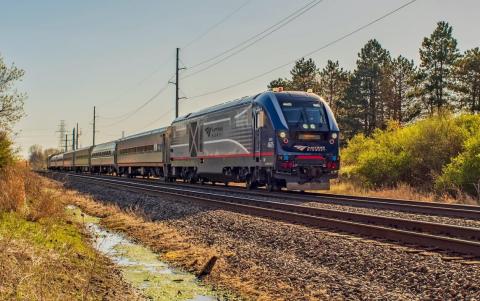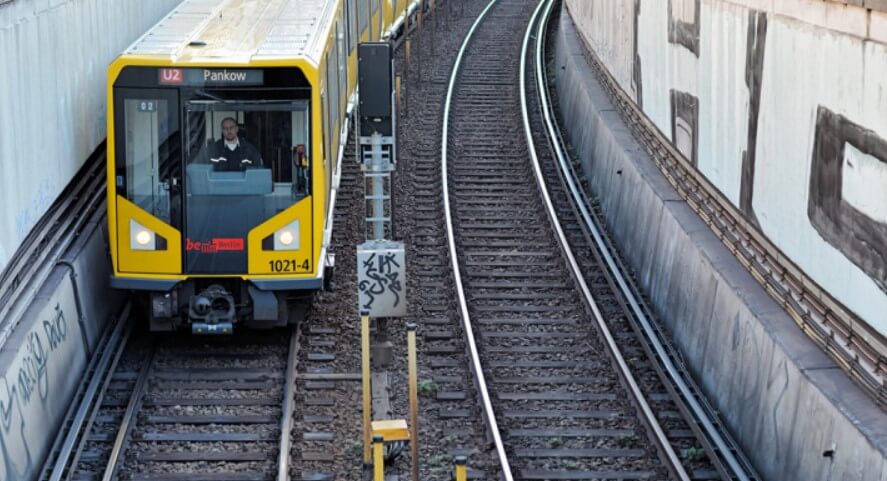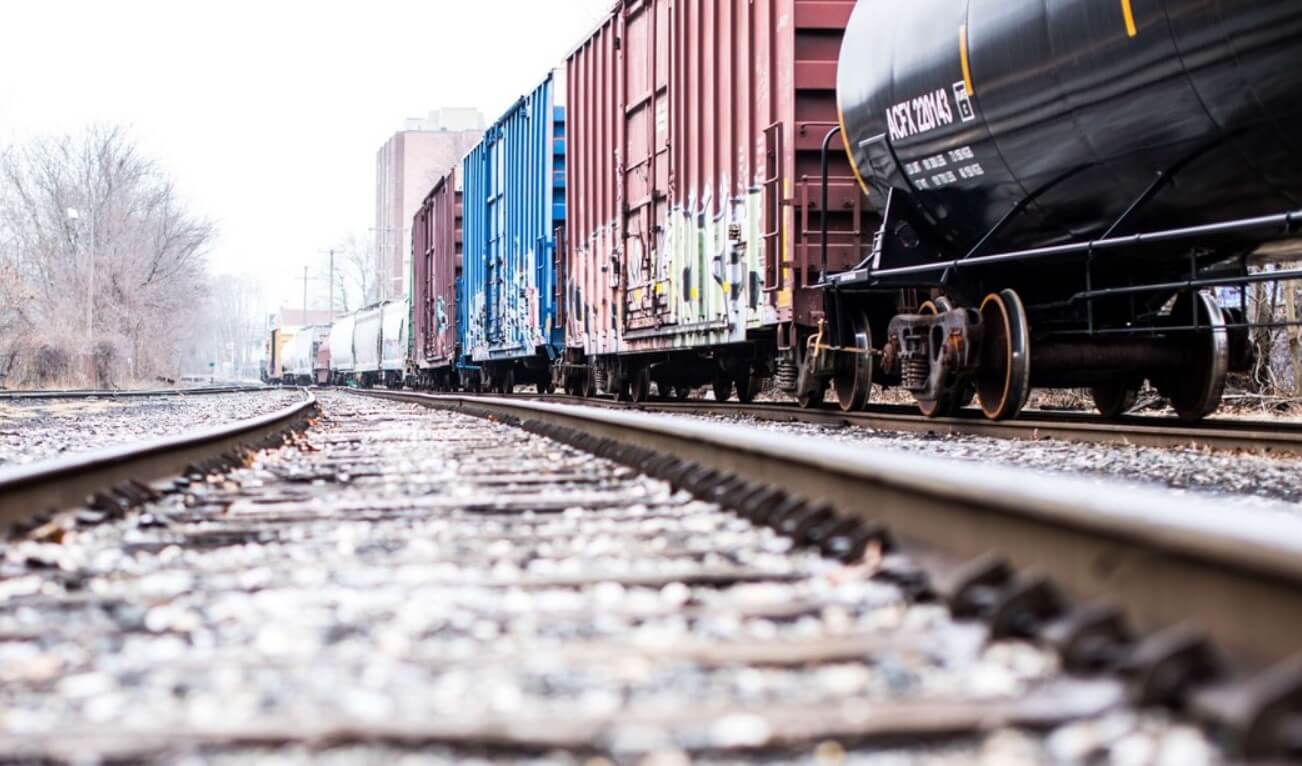
In an era where combating climate change is imperative, the need for sustainable transportation solutions has never been more pressing. As we strive to reduce our carbon footprint, it's crucial to explore and embrace modes of transportation that are environmentally friendly. Among these, rail systems emerge as a beacon of sustainability, offering a plethora of benefits that extend far beyond mere efficiency in commuting. In this discourse, we delve into the realm of rail systems and unveil their remarkable contributions to curbing carbon emissions while revolutionizing transportation.
Understanding Rail Systems
Rail systems, encompassing trains, trams, subways, and light rail transit, represent a sophisticated network of interconnected tracks facilitating the movement of passengers and goods. Unlike conventional road transportation reliant on individual vehicles, rail systems operate on fixed routes, often powered by electricity or alternative fuels. This inherent design minimizes energy consumption and emissions, laying the groundwork for a greener transportation alternative.
The Environmental Imperative
Transportation stands as a significant contributor to greenhouse gas emissions, with road vehicles being a primary culprit. According to the Environmental Protection Agency (EPA), the transportation sector accounts for nearly 28% of total greenhouse gas emissions in the United States alone. The pervasive reliance on fossil fuels for road transportation underscores the urgent need for sustainable alternatives, and rail systems offer a compelling solution.
Electrification and Energy Efficiency
One of the most notable features of rail systems is their capacity for electrification. Unlike combustion engines prevalent in automobiles, electric trains harness electricity for propulsion, significantly reducing reliance on fossil fuels. Furthermore, advancements in energy storage and regenerative braking technology enhance energy efficiency, allowing trains to recapture and reuse energy during deceleration. This regenerative braking not only reduces energy consumption but also minimizes wear on braking systems, prolonging the lifespan of train components.

GET IN TOUCH
The ultimate solution for reliable power control! call us at 276-285-3841
Reducing Congestion and Air Pollution
Rail systems play a pivotal role in alleviating traffic congestion and mitigating air pollution in urban centers. By providing a high-capacity transportation alternative, trains alleviate the strain on road infrastructure, reducing traffic congestion and associated emissions. Moreover, the electrification of rail systems enables the adoption of renewable energy sources, further minimizing the environmental impact of transportation. As a result, cities embracing rail transit witness improvements in air quality, fostering healthier and more livable environments for residents.
Facilitating Sustainable Urban Development
The integration of rail systems into urban landscapes catalyzes sustainable urban development, fostering compact, transit-oriented communities. Transit-oriented development (TOD) initiatives promote mixed land-use patterns, facilitating easy access to public transportation hubs and reducing reliance on personal vehicles. This paradigm shift towards transit-oriented living not only reduces carbon emissions but also enhances social equity and economic vitality within urban areas.
Promoting Intermodal Connectivity
Rail systems serve as linchpins in intermodal transportation networks, seamlessly connecting disparate modes of transportation. By facilitating seamless transfers between trains, buses, bicycles, and pedestrian pathways, rail stations emerge as vibrant transportation hubs fostering multimodal connectivity. This integrated approach not only enhances the efficiency and accessibility of transportation but also encourages modal shifts towards more sustainable options.
Mitigating Long-Distance Travel Emissions
Beyond urban transit, rail systems excel in long-distance passenger and freight transportation, offering a greener alternative to air and road travel. High-speed rail networks, prevalent in Europe and Asia, exemplify the potential for rail systems to supplant short-haul flights, drastically reducing carbon emissions associated with air travel. Additionally, freight trains boast impressive fuel efficiency compared to long-haul trucks, further minimizing the carbon footprint of goods transportation.
Overcoming Challenges and Barriers
While the environmental benefits of rail systems are undeniable, their widespread adoption faces several challenges and barriers. Chief among these are high initial capital costs, intricate planning and coordination requirements, and existing infrastructure constraints. Overcoming these hurdles necessitates sustained investment, innovative financing mechanisms, and robust policy frameworks aimed at promoting sustainable transportation alternatives.

GET IN TOUCH
The ultimate solution for reliable power control! call us at 276-285-3841
Conclusion: Paving the Way Forward
As we navigate the complex nexus of transportation and environmental sustainability, rail systems emerge as beacons of hope, offering a path toward a greener future. By electrifying transportation, reducing congestion, fostering sustainable urban development, and promoting intermodal connectivity, rail systems play a pivotal role in curbing carbon emissions while revolutionizing the way we move. However, realizing the full potential of rail systems requires concerted efforts from policymakers, urban planners, and stakeholders to overcome existing barriers and embrace a future where sustainability takes precedence in transportation. In conclusion, the journey toward a sustainable future begins on the rails, where efficiency, innovation, and environmental stewardship converge to pave the way for a greener tomorrow.
Contact Us Today!
Ready to make a difference in combating climate change? Embrace the green revolution by advocating for and utilizing rail systems in your daily commute and travels. Let's reduce our carbon footprint together and pave the way for a cleaner, greener future. Take the first step today by hopping on board the sustainable transportation train!
